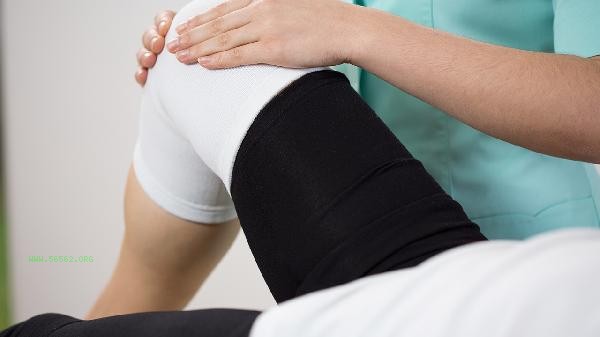The main leg muscle training methods to improve running speed include squats, lunges, jumping exercises, short sprints, and climbing exercises. Scientific leg strength training can enhance explosive power and endurance, helping runners increase step frequency and stride length.

1. Squat
Squat is a basic exercise for training the quadriceps, gluteus maximus, and hamstring muscles. When performing a standard squat, keep your feet shoulder width apart and squat until your thighs are parallel to the ground, while keeping your back straight. You can perform self weight squats or weight-bearing squats, training 2-3 times a week, 3-4 groups per time, with 12-15 times per group. Squatting can enhance the overall strength of the lower limbs and directly help with kicking movements during starting and running.
2. lunge squat
lunge squat can specifically exercise single leg strength and balance ability. Stand with your front and back legs apart, bend your front legs to 90 degrees, and keep your hind legs close to the ground but not touching it. You can perform stationary lunge squats or walking lunge squats, alternating 8-10 times per group. This action simulates the single leg support stage during running, which can improve hip joint stability and muscle coordination.
3. Jump Training
Jump training includes box jumping, long jump, and rope jumping, which can quickly improve leg explosive power. Jump box training starts from the low box, with both legs jumping and landing at the same time, paying attention to the buffering posture. Skipping rope can be done with one foot or alternating feet, each time lasting 1-2 minutes. This type of training can enhance the elasticity of the Achilles tendon and the rapid contraction ability of muscles, which is particularly effective in increasing step frequency.

4. Short distance sprint
The 30-50 meter short distance sprint is the closest strength training to actual running. intermittent training can be used, with full sprint followed by slow walking for recovery, repeated 6-8 times. Sprint running can activate fast muscle fibers, improve anaerobic metabolism, and enhance running techniques and movements. During training, it is important to maintain the correct running posture and avoid excessive forward leaning.
5. Hill Climbing Training
Slope running can increase leg muscle load, and it is recommended to choose a gentle slope of 5-10 degrees for training. When running uphill, the stride should be shortened, the step frequency should be increased, and the forefoot should be used to land on the ground. Climbing training 1-2 times a week for 15-20 minutes each time can significantly enhance the strength of calf and hip muscles, and improve the ability to maintain speed in the second half of long-distance running. In addition to specialized strength training, runners should also pay attention to nutritional supplementation and recovery. Timely supplement carbohydrates and high-quality protein after training to help with muscle repair. Ensure 7-8 hours of sleep per day and schedule rest days between training sessions. Do dynamic stretching before running, and relax with foam shaft after training. It is recommended to alternate strength training with aerobic running to avoid excessive fatigue caused by continuous high-intensity training. Regularly practicing running techniques, optimizing arm swinging and landing movements, is necessary to effectively convert muscle strength into running speed.









Comments (0)
Leave a Comment
No comments yet
Be the first to share your thoughts!